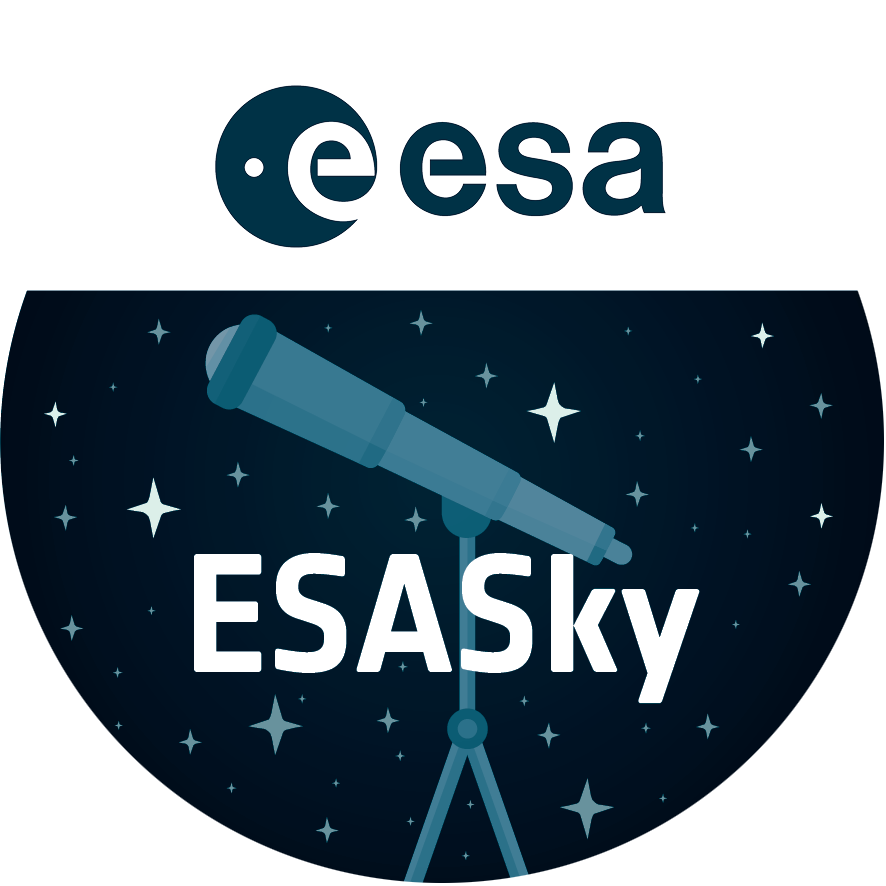Of bent time and jellyfish
At first glance, a bright blue crescent immediately jumps out of this NASA/ESA Hubble Space Telescope image: is it a bird? A plane? Evidence of extraterrestrial life? No — it’s a galaxy.
The shape of this galaxy admittedly appears to be somewhat bizarre, so confusion would be forgiven. This is due to a cosmic phenomenon called gravitational lensing. In this image, the gravitational influence of a massive galaxy cluster (called SDSS J1110+6459) is causing its surroundings spacetime to bend and warp, affecting the passage of any nearby light. This cluster to the lower left of the blue streak; a few more signs of lensing (streaks, blobs, curved lines, distorted shapes) can be seen dotted around this area.
This image also features a rare and interesting type of galaxy called a jellyfish galaxy, visible just right next to the cluster and apparently dripping bright blue material. These are galaxies that lose gas via a process called galactic ram pressure stripping, where the drag caused by the galaxy moving through space causes gas to be stripped away.
Credit:ESA/Hubble & NASA
Acknowledgement: Judy Schmidt
About the Image
| Id: | potw1846a |
|---|---|
| Type: | Observation |
| Release date: | 12 November 2018, 06:00 |
| Size: | 3454 x 3103 px |
About the Object
| Name: | SDSS J1110+6459 |
|---|---|
| Type: | Early Universe : Galaxy : Grouping : Cluster Early Universe : Cosmology : Phenomenon : Lensing |
| Constellation: | Ursa Major |
| Category: | Galaxies |
Classic Wallpapers
Coordinates
| Position (RA): | 11 10 14.07 |
|---|---|
| Position (Dec): | 64° 59' 48.55" |
| Field of view: | 2.29 x 2.05 arcminutes |
| Orientation: | North is 94.8° right of vertical |
Colours & filters
| Band | Wavelength | Telescope |
|---|---|---|
| Optical C | 390 nm |
Hubble Space Telescope
WFC3 |
| Optical V | 606 nm |
Hubble Space Telescope
WFC3 |
| Infrared Z | 1.05 μm |
Hubble Space Telescope
WFC3 |
| Infrared H | 1.6 μm |
Hubble Space Telescope
WFC3 |


